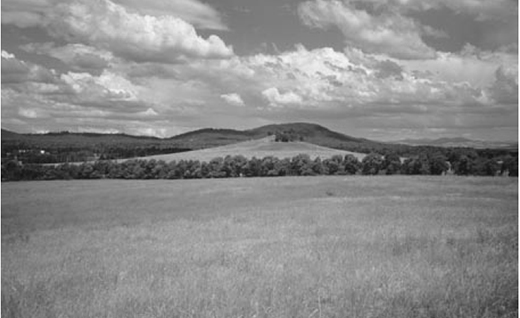Background
The Crace Grassland Reserve borders the Barton Highway in Gungahlin ACT. The reserve is 135 hectares in size and is part of three Grassland Reserves in Gungahlin that together total 540 hectares. The Grassland Reserves were established to protect the endangered Natural Temperate Grassland ecological community and habitat for the threatened Striped Legless Lizard (Delma impar). Populations of three other threatened species, the Golden Sun Moth (Synemon plana), Perunga Grasshopper (Perunga ochracea) and Button Wrinklewort (Rutidosis leptorrhynchoides) were found subsequent to the establishment of the reserve. At Crace Reserve there is about 60 ha of Natural Temperate Grassland, and 75 hectares of other grassland. Woodland several hectares in size occurs on one hill and a small outcrop of remnant trees are on another hill that is likely to be a remnant of another area of woodland that was extensively cleared in the past. There are also several plantations containing eucalypts and introduced trees (Overlay 1). Roads define the perimeter of Crace Reserve, with the exception of a small area of adjoining leases.
Introduced Phalaris dominates in the low-lying areas of the reserve. Native grasses, especially Spear Grasses, Wallaby Grasses and Kangaroo Grass, are dominant on the lower and middle slopes.
Several weeds of concern occur on the site. Chilean Needle Grass is relatively extensive and there is scattered Serrated Tussock.
Crace Reserve has a long history of continuous grazing. The Department of Defence previously used about one half of the site as a RAAF communications base. RAAF no longer uses the site and has removed radio towers but fencing and an old building remains. The site was fenced as two main paddocks before it was reserved but several very small paddocks were created to protect tree plantations and defence infrastructure.
New fences have been erected to facilitate conservation management. Fences reflect land classes and vegetation composition. One small area has been fenced to enable strategic grazing to reduce the population of Chilean Needle Grass. Fencing has also separated an area with more native vegetation from the low-lying area that is dominated by Phalaris.


